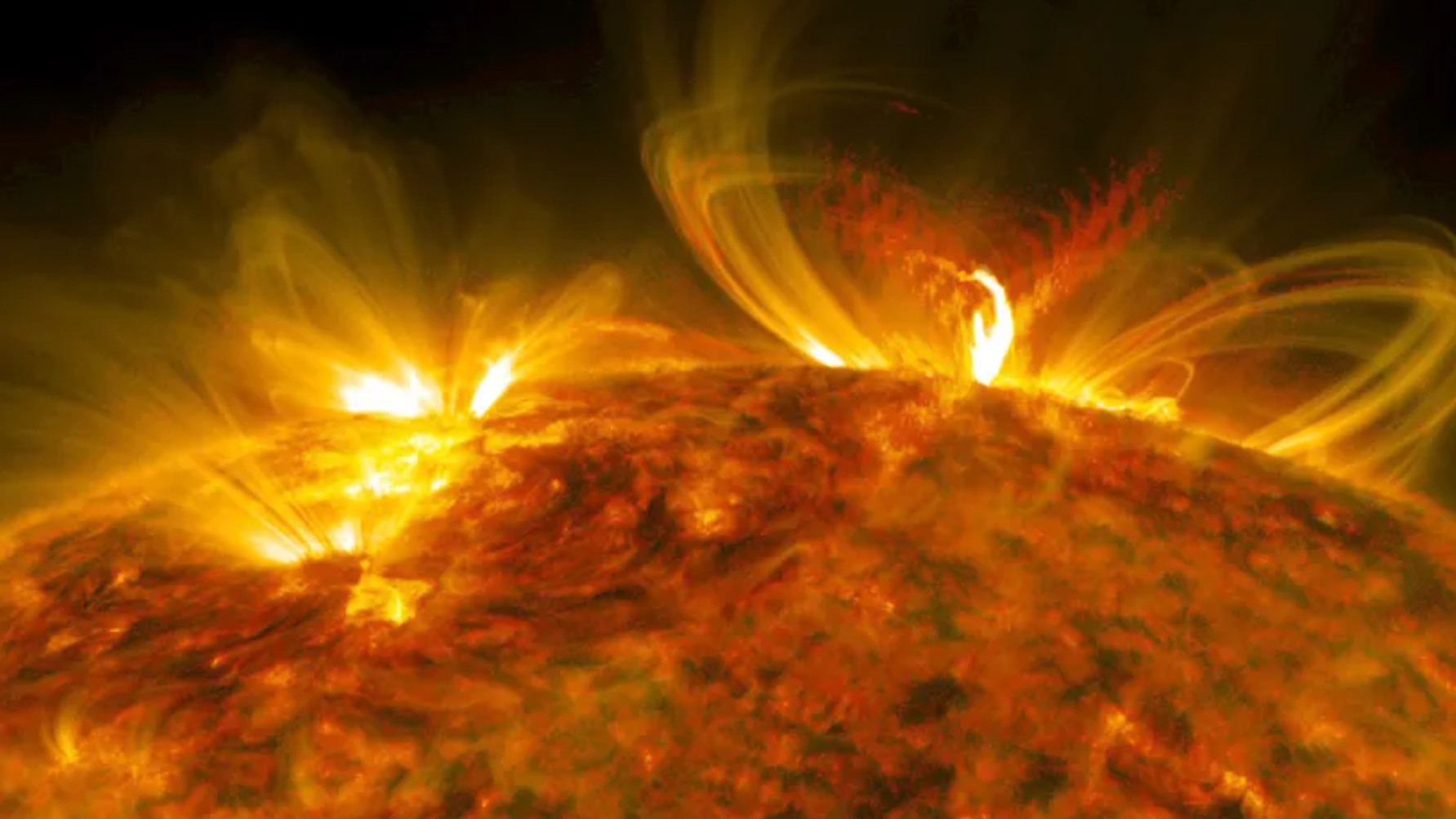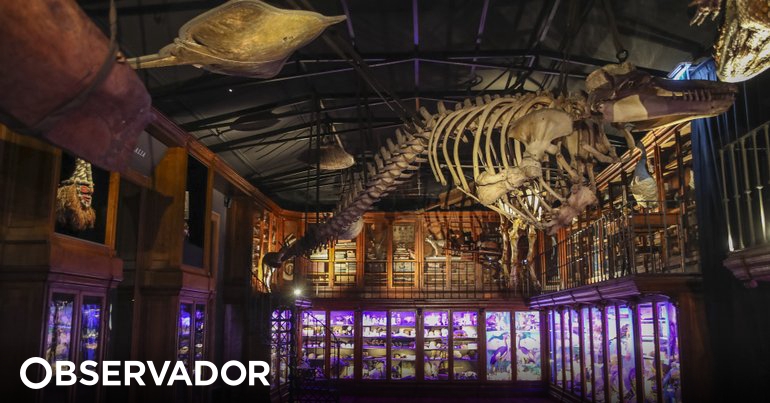The Science Museum of the University of Coimbra opens the Cabinet of Curiosity, a space with more than four thousand objects, mixed together, without myths or logical organization, where the only clue is light.
Carlos Ribeiro’s room, in the Colégio de Jesus at the University of Coimbra, is in the dark as you enter. Lights are turned on, and the visitor’s eyes are often directed to a hippopotamus head, an African mask, a dinosaur bone, and an ancient vocal piece.
The lights (a total of six thousand “LEDs”) highlight other points in the room: an orca skeleton and a mummified crocodile on the ceiling, other animals can be seen in the windows, a globe, African sculptures, bezoars (the secretions of ruminants that were considered legendary), “Monsters” such as a six-legged donkey or a two-headed snake.
There are more than four thousand objects on display in the room, which, in addition to the lights, project images of samples and other objects on two canvases, in a space that acquires a depth of two mirrors in the center.
In this new space of the Science Museum, there is no logical order of things – there are metals mixed with stuffed animals – and no comments or any explanation of what you see during a visit of about 20 minutes, as the lights will be lit to catch the visitor’s attention.
The purpose of this space is to recreate not the reservoirs of curiosity that preceded the creation of science museums, but the feeling that these spaces can evoke – be it amazement, surprise, or exoticism – the director of the Science Museum Paolo Trincao.
In this treasury of curiosity, pieces collected by the University of Coimbra over more than seven centuries of history and selected in a lengthy two-and-a-half-year process by the institution’s various collections and reserves, he explains. .
For the selection of the objects and samples displayed in that place, a balance was chosen between objects of “animal and synthetic origin”, which end up jumbled in the showcases, and with an unusual criterion: “the beauty of things”.
“We wanted to bring things in with some beauty and quirkiness,” emphasized Paulo Trincao, acknowledging the “huge margin of subjectivity” in building the museum’s core.
The work was carried out in partnership with the “greatest Portuguese specialist” in curiosity tanks, Joao Prigola, of the University of Évora.
More than the public gaining knowledge about the things they see, Paulo Trincao believes that the space will evoke “sensations,” such as “beauty, awe, or wonder,” but also curiosity, in a proposal that would be akin to a museum art gallery.
“Anyone who goes to an art gallery does not look at the work and thinks that the most important thing is to know when and where it was painted. What we want is a sensitive and almost loving view of things. We want empathy to be established and empathy is the basis of knowledge and knowledge is presented in the rest of the museum, but also in The school, at home,” he stressed, believing the space, “with a strong aesthetic and emotional component,” Coimbra positions “in a distinctive role.”
The venue, which has 12 different lighting programs depending on the audiences it receives, can be visited from Thursday, within the global ticket to visit the Science Museum, which will open on Wednesday at 17:30, in the presence of the Minister of Culture, Pedro Adão e Silva.
The Curiosities office also received the support of the La Caixa Foundation, which invested 250 thousand euros in the creation of this space.
“It is this support that allowed us to form the government,” Paulo Trincao noted.

“Hardcore beer fanatic. Falls down a lot. Professional coffee fan. Music ninja.”



:strip_icc()/s02.video.glbimg.com/x720/12532177.jpg)



More Stories
Salgueiro Saúde 2024: 53 vacancies and salaries up to R$ 12,081!
Science points to what could reverse aging; Do you do this?
Former NASA engineer gives lectures at Criciúma – Science and Technology